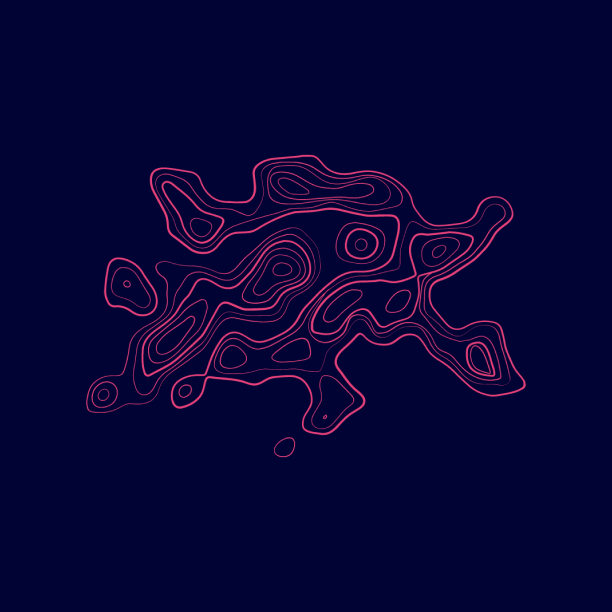ARPA-H Commercialization Services
About Us
The Office of Commercialization (formerly PATIO) helps to translate scientific and technological breakthroughs into real-world products and services. We deliver impact through a suite of services provided to Program Managers and ARPA-H funded performers.
What does success look like? For us, success is when ARPA-H-funded technology graduates from the agency, survives in the wild, and accelerates better health outcomes for all Americans.
Office of Commercialization (Formerly PATIO) Services
Our services span the lifecycle of ARPA-H projects and programs, from concept development to graduation. ARPA-H encourages a sense of urgency, from term limits on Program Managers to time-bound, aggressive technical milestones on our R&D efforts. This urgency means we have to start paving the path to success at the same time as we are developing the science.

Program Design
| Solicitation Deployment
| Early Program Performance
| Mature Projects
| Transition and Commercialize
|
Office of Commercialization Voices
How We Define Success
We measure our success by producing technologies that grow beyond ARPA-H and survive without perpetual ARPA-H funding. These are the most common transition pathways for ARPA-H program performers:
- Large, established companies with existing infrastructure for development and sales & distribution.
- Venture capital-backed emerging companies with demonstrated commitment to a technology’s domain area.
- De novo startups capable of attracting venture capital or other funding.
- Health care systems or other provider networks that can deploy the licensed technology directly through their care network.
- Government health care systems such as the VA that can deploy the licensed technology directly through their care network.
- Existing large-scale NGOs or other non-profit entities that commit to making the technology broadly available as a public good.
- Startup NGOs or non-profit entities capable of attracting funding to make the technology broadly available as a public good.
Office of Commercialization Service Teams
The Office of Commercialization (formerly PATIO) has two service teams, each strengthening programs in different ways:
ARPANET-H
ARPANET-H is our formal and growing nation-wide network of partners. It consists of two consortia: a customer experience network focused on people (patients, communities, providers), and an investor catalyst network focused on markets (commercialization, regulatory, reimbursement). Partners participate in ARPA-H projects, compete for B2B style contracts, obtain support, and join a community of likeminded organizations.

Technology, Transfer, and Transition Services (T3X)
T3X advises Program Managers and performers in three ways: regulatory support, reimbursement/payment assistance, and market dynamics research. This support happens during concept development and throughout performance to ensure solutions survive not just in the lab but also in the real world. This expertise comes from successful founders, entrepreneurs, and others with successful track records in business. T3X also runs ARPA-H’s small business program, finding innovative ways to work with small and disadvantaged companies.


